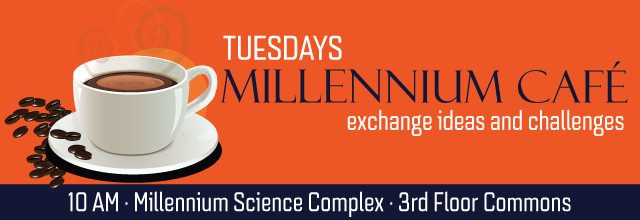
Lithium ion batteries are energy-storage devices that deliver power on demand. In this talk I will introduce new strategies to use the electrochemical cells within lithium ion batteries to harvest mechanical energies, thereby filling the gap of highly efficient mechanical energy harvesters at the low-frequency paradigm.
